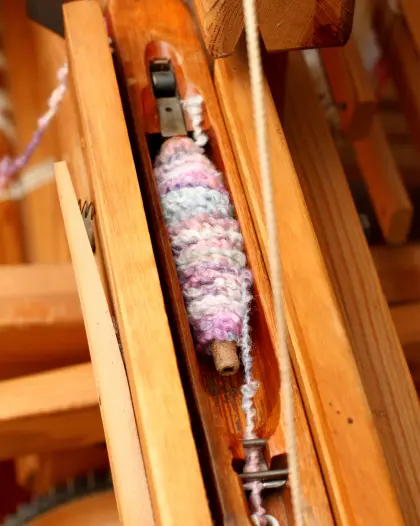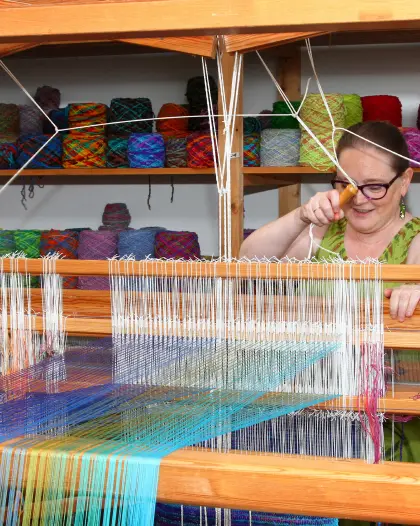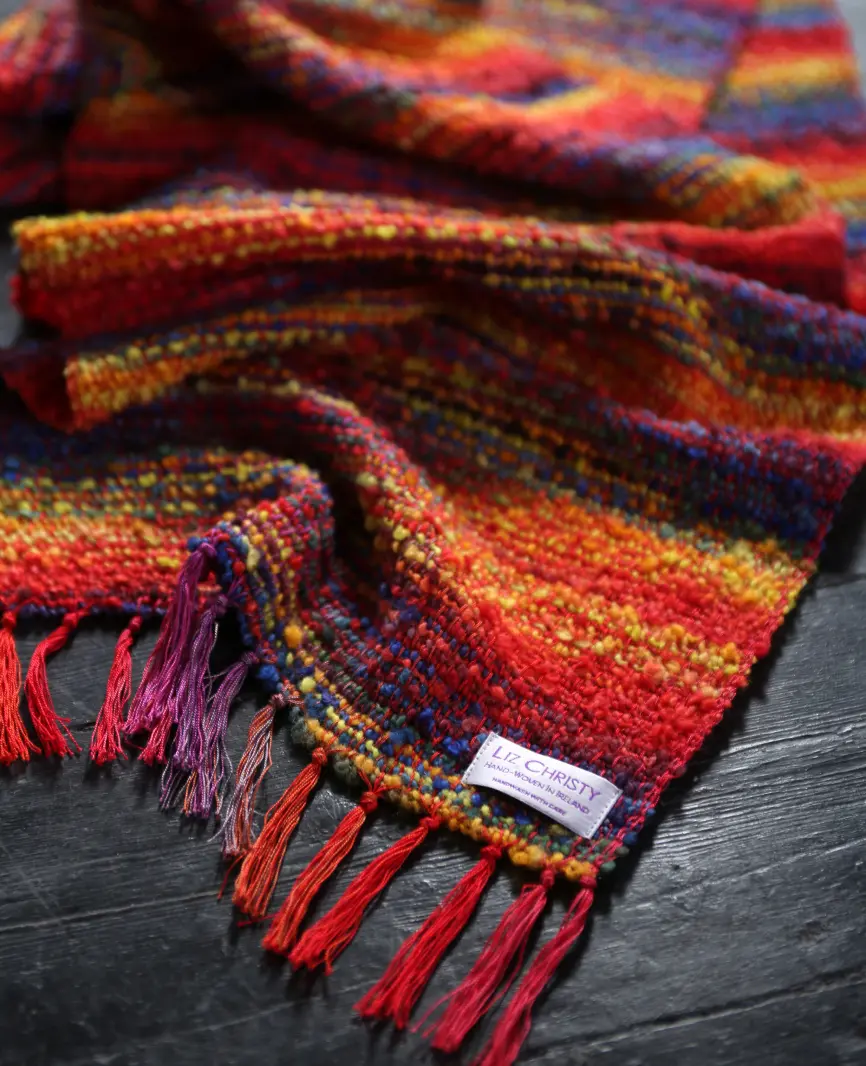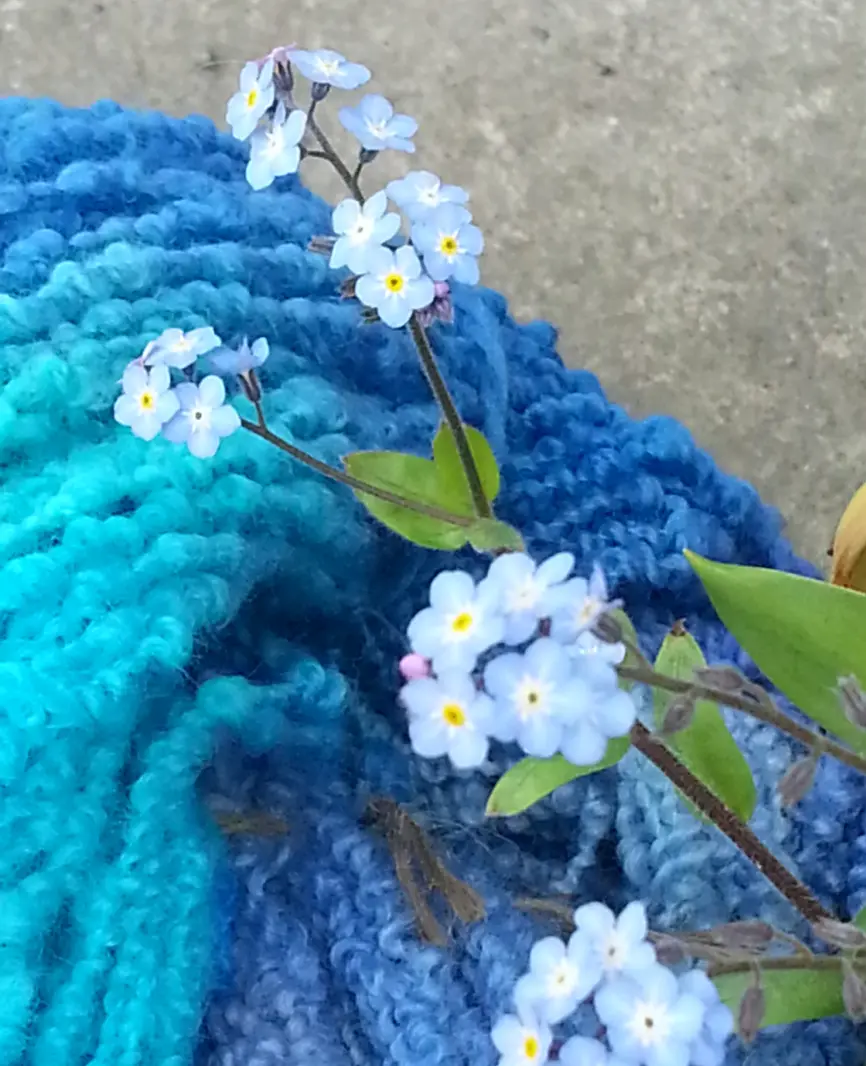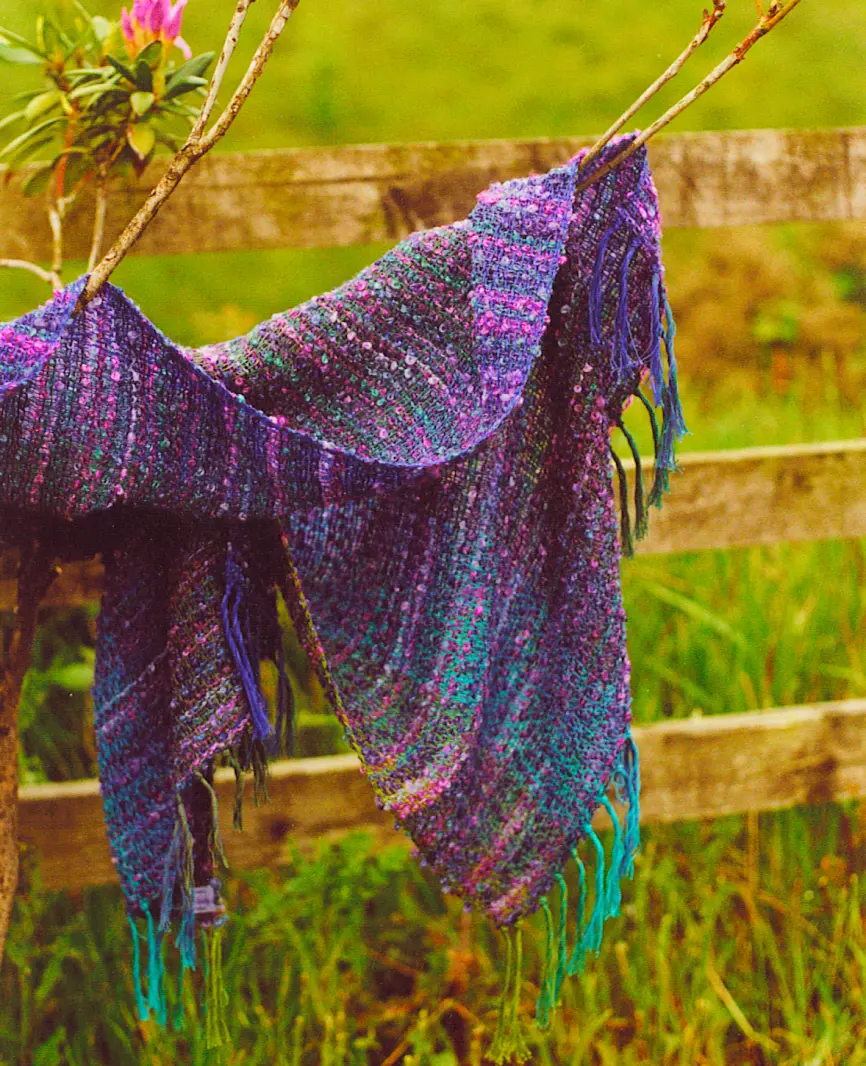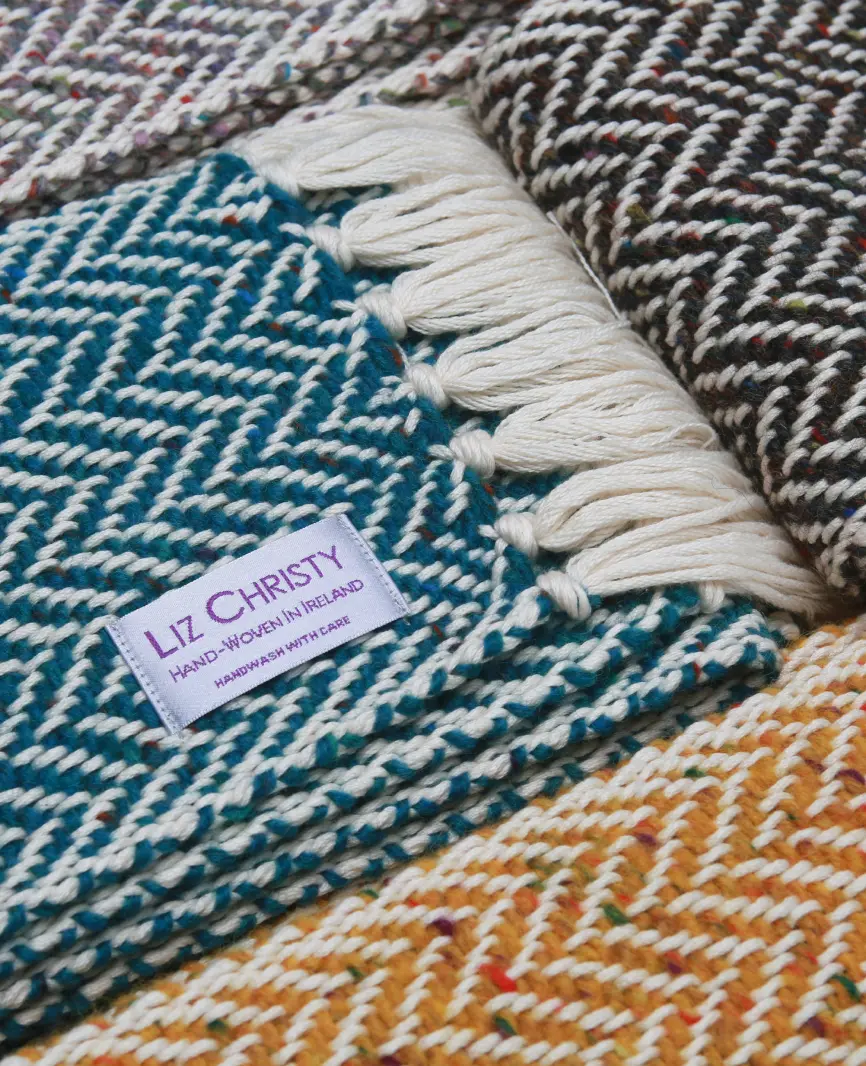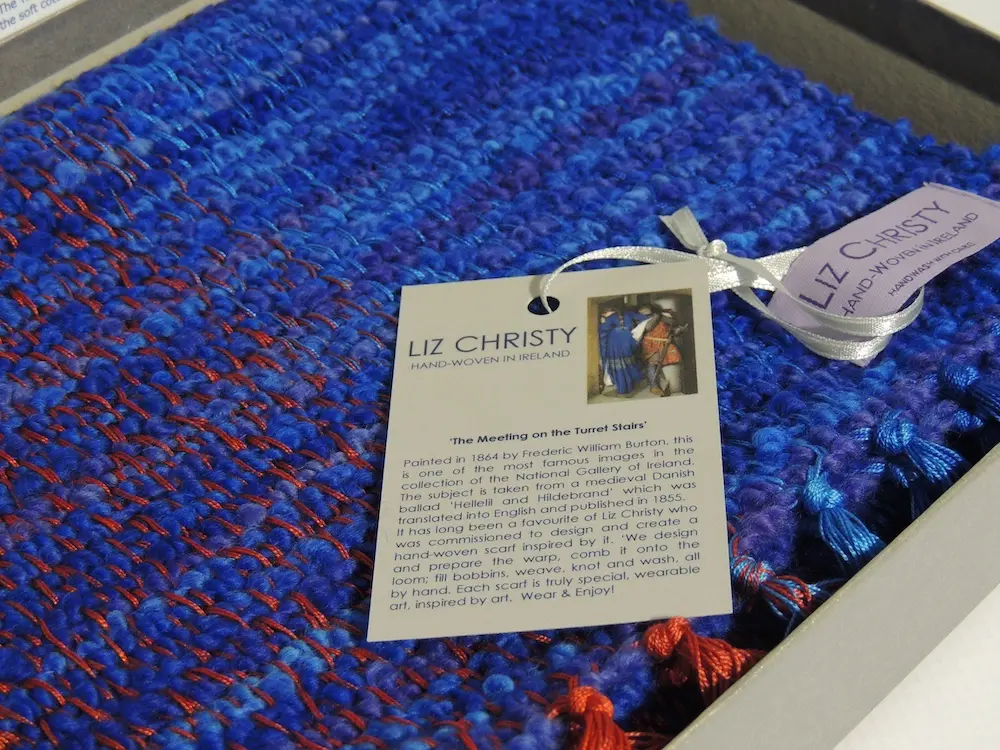Your cart is currently empty!
The swallows nest
Liz and her husband Pat bought their cottage in the spring of 1991. By May swallows had taken up residence in the outhouses, and it was clear that this had been their nesting home for a long time. Hence Swallow Cottage got its name. And when Liz set up her loom and started her hand-weaving business, it was in a bedroom in Swallow Cottage.
A fledgeling flies
They decided to build a workshop beside their cottage to house the growing family of looms. When they moved the looms in April of 2004 the swallows swooped around the yard, getting ready to nest. It followed that the workshop inherited the name and became Swallow Studios.
Home to roost
Liz has built a team around her whom she inspires and trains to work in the business. Each carefully hand-crafted scarf and little sheep is original with provenance, a thread in the fabric of our textile heritage. Liz now delights in welcoming visitors to experience her workshop and share her stories.
Continuing to soar
Liz believes in seizing her opportunities and making the most of everything, even the difficulties. Upskilling and training continually, she’s always future-proofing and improving the sustainability of the business. Liz believes in doing everything to the best of her ability, and if something is worth doing, it is worth doing right.
Our Approach
Handcrafted Wool, Unique Designs
Our traditional hand and foot-powered wooden looms are worked by our patient, highly skilled weavers. We hand-dye our wool in traditional dye pots. Using these age-old methods ensures each hank of dyed wool is unique, creating a joyous tapestry of colour as it’s woven into luxurious scarves and wraps.
Color, Craft, Tradition, Community
A love of colour, creative design and traditional and sustainable production techniques interwoven with a collaborative approach to creating work/life balance. A joy of welcoming visitors to share in our studios and supplying high-end craft retailers around the world with our unique handmade textiles.
Our Mission and Vision
Our mission is to honor the age-old processes of crafting luxurious wearable art at our Monaghan studios. We are committed to creating beautiful textiles sustainably, using heritage techniques to ensure their future in Ireland’s Ancient East.
Discover More
Sign up to Newsletter
Join our newsletter to get all the latest and enter competitions to win a shop voucher or signature Liz Christy scarf!


